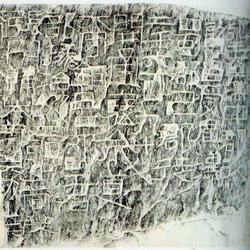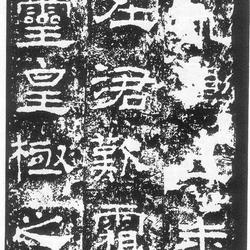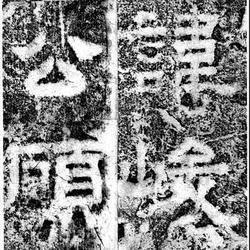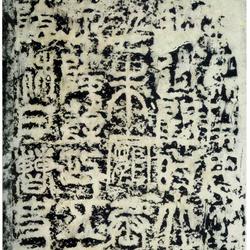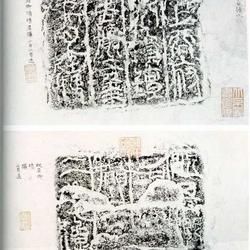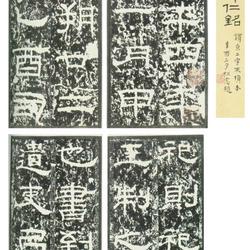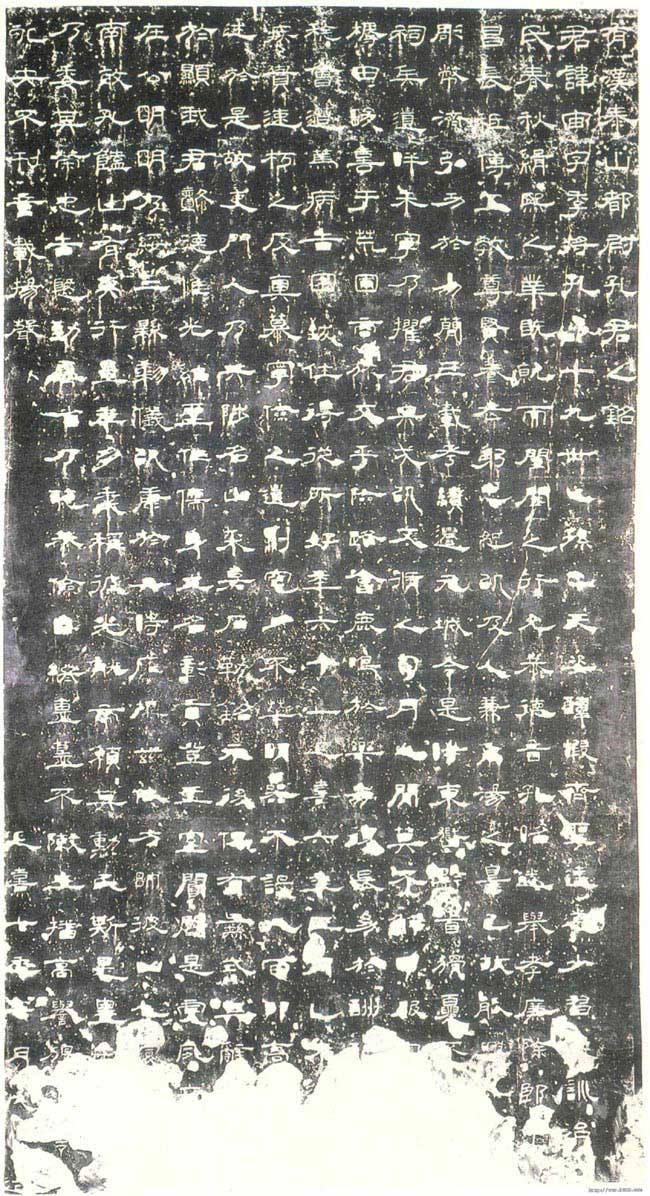
The monument of Kong Jun, the captain of Mount Tai, has a seal on the forehead. Kong Jun was named Zhou, the father of Rong. Li Langzhong, the magistrate of Duchang Changyuan City and the captain of Mount Tai, died in the first month of the sixth year of Yanxi's reign, Emperor Weizong, and the stele was erected in July of the following year. The writing style of the stele is official script. His calligraphy style is square and elegant, with dense palaces in the knots, open left and right sides, very long horizontal strokes, and clear waves. The pen is round and graceful, which means that he is prepared and prepared for seal script.
[Exchange items]
Zhu Yizun of the Qing Dynasty: "Kongzhou Stele" belongs to the Liuli school, with free and flying calligraphy and superb spiritual interest. ("Exposed Book Pavilion Collection")
Yang Shoujing of the Qing Dynasty: Bo and Zeng come out together, and they are eight points authentic. There is not a word that is not flying, and there is still not a word that is irregular. It's different if we look at the opening and closing of "Ode to Yang Mengwen" and its informality. However, they are all extremely wonderful, and they are not easy to bear the misery. ("Ping Stele Record")
Liu Xizai of the Qing Dynasty: Xiao San of Han steles such as "Han Yuan" and "Kong Zhou". ("Art Concept")
Kang Youwei of the Qing Dynasty: As for the Lifa, the body and Qi are more beneficial: for Shudang, there are "Ode to the West", "Kong Zhou", and "Zhang Shou"). ("Guangyi Zhou Shuangji")
Kang Youwei of the Qing Dynasty: "Kong Zhou" and "Cao Quan" are members of the same family, both of whom are won by the wind and the gods. "Kong Zhou" uses the pen to twist and turn, leaving with great force, as if he doesn't want to return. "Feng Jun Shen Tao" and "Shen Jun Shen Tao" are also of this school. They are written in white and sparse, and their pens are long. ("Guangyi Zhou Shuangji")

